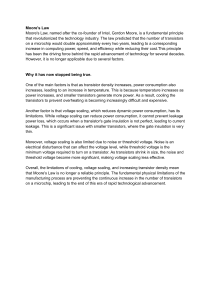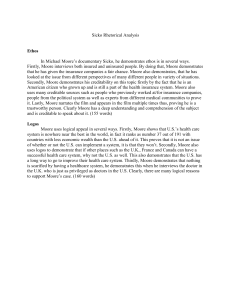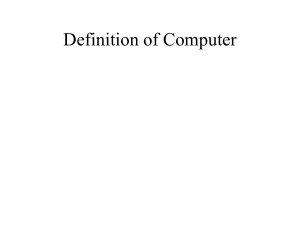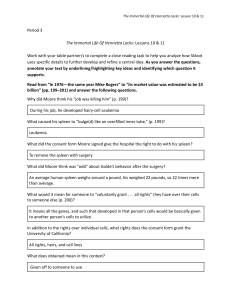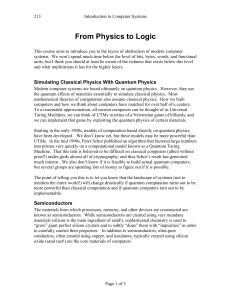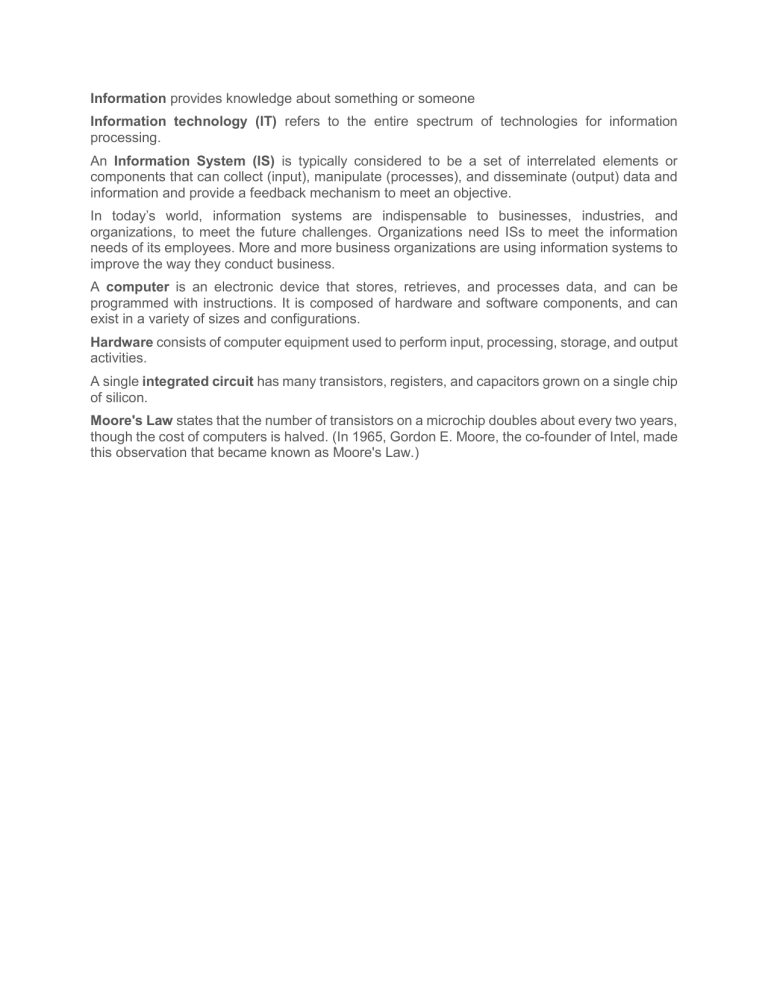
Information provides knowledge about something or someone Information technology (IT) refers to the entire spectrum of technologies for information processing. An Information System (IS) is typically considered to be a set of interrelated elements or components that can collect (input), manipulate (processes), and disseminate (output) data and information and provide a feedback mechanism to meet an objective. In today’s world, information systems are indispensable to businesses, industries, and organizations, to meet the future challenges. Organizations need ISs to meet the information needs of its employees. More and more business organizations are using information systems to improve the way they conduct business. A computer is an electronic device that stores, retrieves, and processes data, and can be programmed with instructions. It is composed of hardware and software components, and can exist in a variety of sizes and configurations. Hardware consists of computer equipment used to perform input, processing, storage, and output activities. A single integrated circuit has many transistors, registers, and capacitors grown on a single chip of silicon. Moore's Law states that the number of transistors on a microchip doubles about every two years, though the cost of computers is halved. (In 1965, Gordon E. Moore, the co-founder of Intel, made this observation that became known as Moore's Law.)





